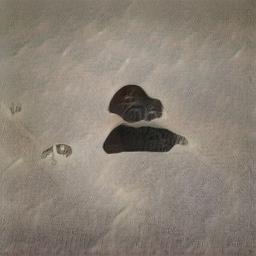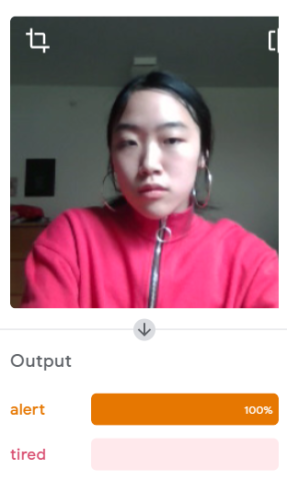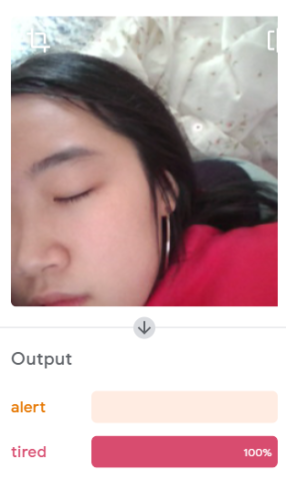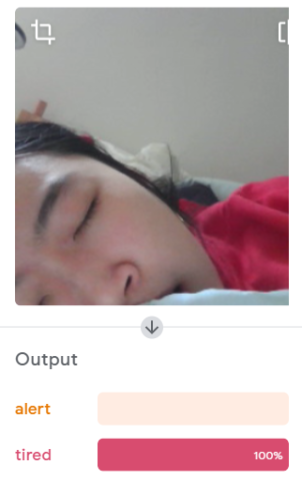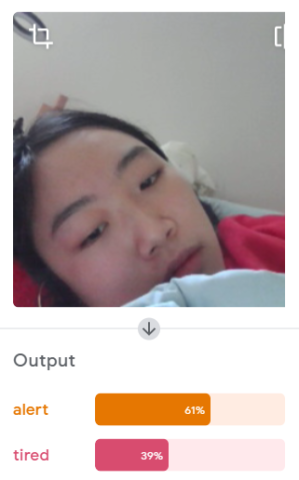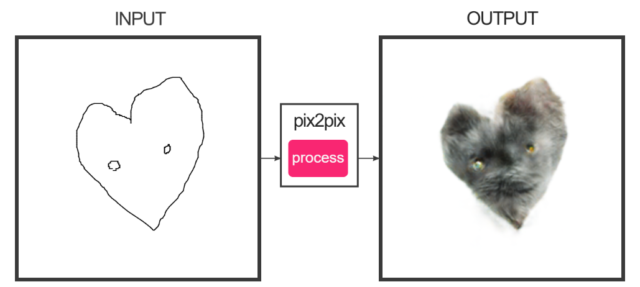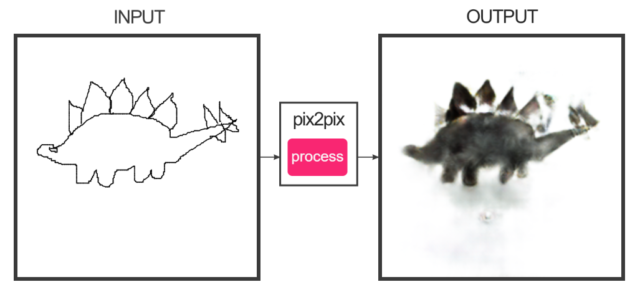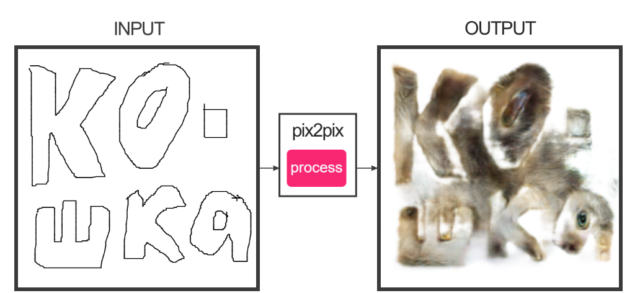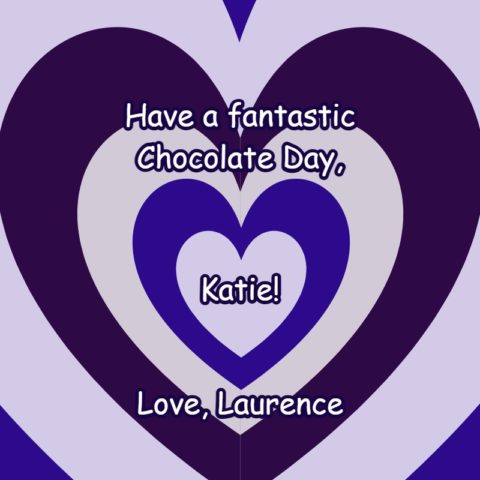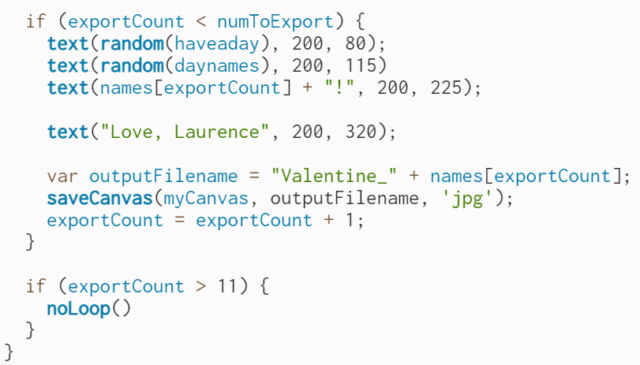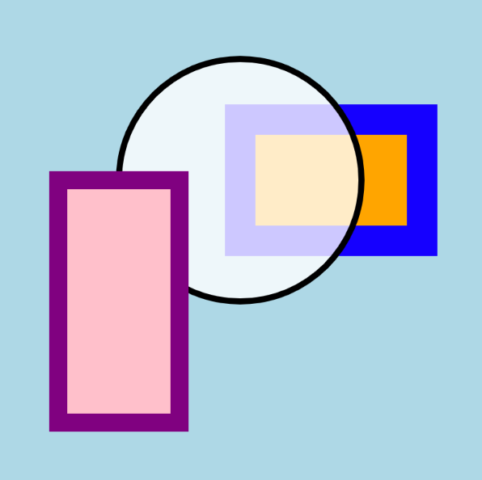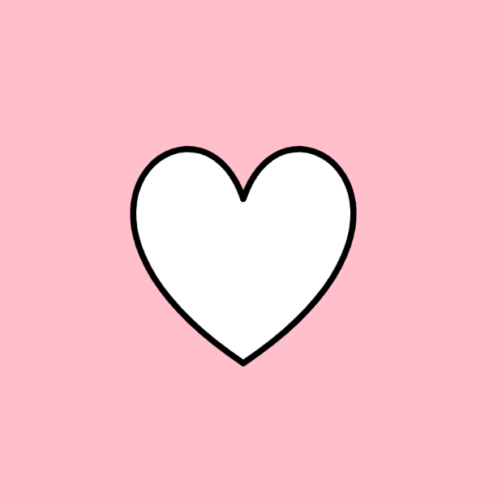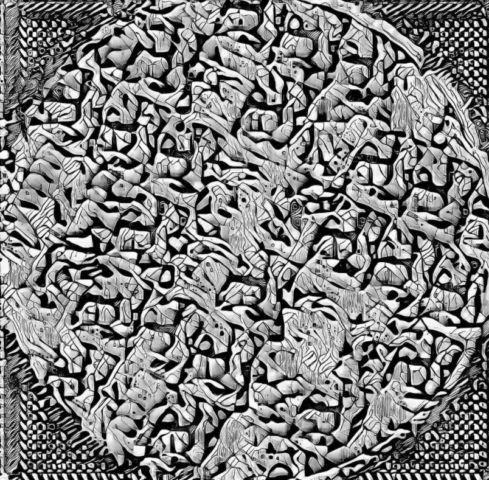What will a text to image generator do with abstract language depicting love and pain?
I.
i remember when carmine rivers seeped from my
shins, tracing a route back to the bathtub. once,
i dreamt of bathing in my own bruises. my legs
still bleed whenever i miss you.

II.
who cares about subclavian
and carotid arteries. blood
is blood. everyone knows that
model hearts don’t look
like the real thing, they’re
all too red and stiff; genuine
myocardium is pink, fragile,
too fragile, disgusting, raw.
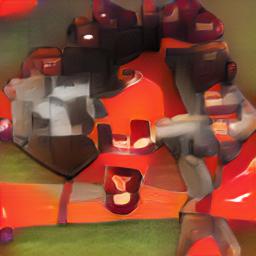
III.
It was dark. You were faceless. The air was stagnant. I was silent.
I didn’t touch you, but I knew you were warm.
We lay our bodies by the marsh, staring up at the sky,
silence slitting our throats. The darkness shrouds our bodies
like a pall. I wondered if two cadavers could kiss.
